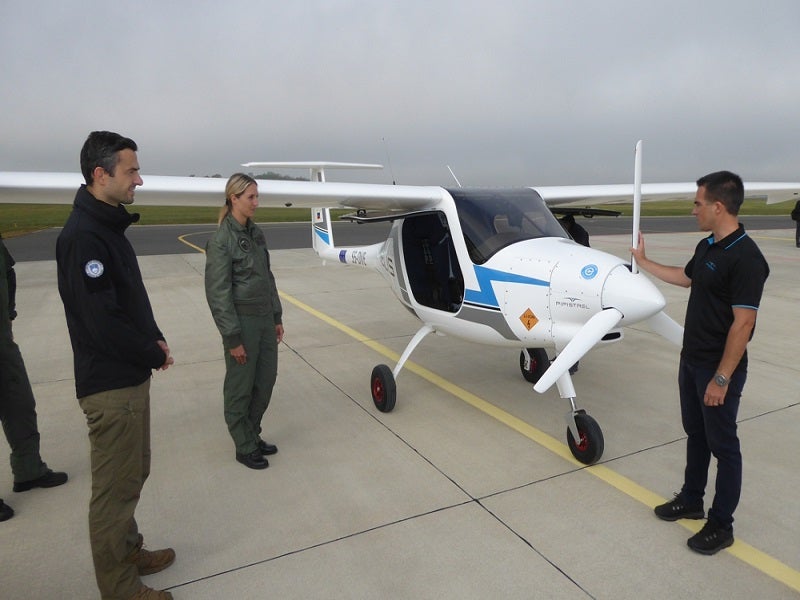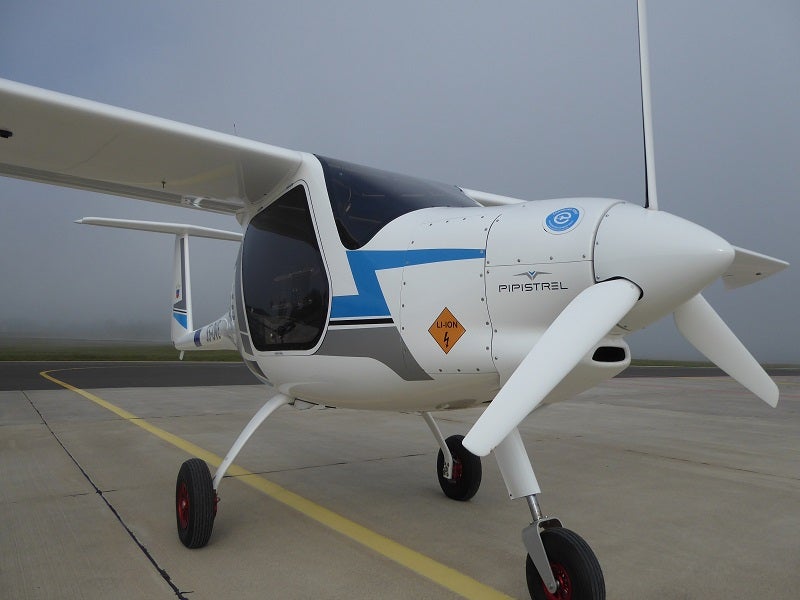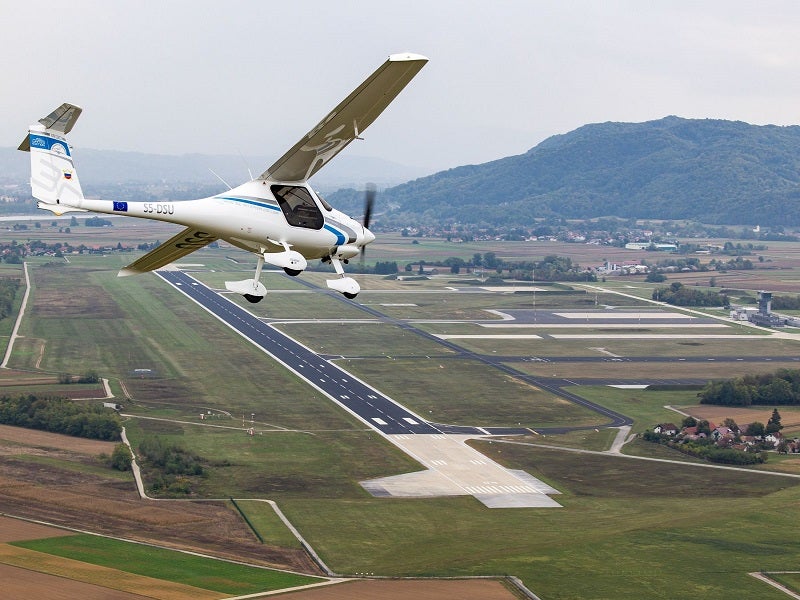The Pipistrel Virus SW 121 is a light aircraft developed by Slovenian light aircraft manufacturer Pipistrel. The aircraft can be used to meet pilot training requirements or personal transportation needs.
It is part of Pipistrel’s portfolio of Virus SW aircraft, which also includes the Virus SW 80, Virus 912 SW 100, Virus SW 115, and Pipistrel Virus 912 SW iS.
The SW 121 is the most advanced aircraft in the CS-LSA (certification specified light sport aircraft) category and the first European Union Aviation Safety Agency (EASA) type-certified aircraft in the category.
Orders and deliveries of the SW 121
The Slovenian Ministry of Defense signed an agreement for the Pipistrel Virus SW 121 aircraft in June 2021, as part of its aim to procure environment-friendly aircraft to reduce carbon footprint.
The agreement requires Pipistrel to provide the Virus SW 121 aircraft, Panthera aircraft, Velis Electro aircraft, and Velis X-Alpha VR simulator to the Slovenian Armed Forces (SAF) to test their feasibility to meet the training needs of the SAF pilots.
The scope of the agreement also includes training the SAF instructor pilots to fly the aircraft and the SAF mechanics to perform basic maintenance and pre-flight inspections.
The Virus SW 121 aircraft was delivered to the Slovenian Armed Forces (SAF) Aviation School in October 2021, as part of the agreement.
Pipistrel Virus SW 121 design and features
The Pipistrel SW 121 is a two-seater aircraft with comfortable interiors, a dual-screen cockpit, dual redundant air data, attitude and heading reference system (ADAHRS), and a full-featured two-axis digital autopilot.
The flaps and airbrakes of the aircraft are designed to ensure a safe landing on short runways, while the enhanced cockpit visibility provides better control.
The aircraft has an overall length of 6.45m, a wingspan of 10.7m, and an overall height of 2.06m. The maximum take-off weight of the aircraft is 600kg.
The aircraft design is intended to provide high performance and cost-efficiency, significantly reducing the operational cost of training. The all-carbon composite airframe is intended to avoid the risk of corrosion. It is designed to decrease power, noise, and fuel consumption.
The aircraft also integrates 3D printed parts and a ballistic parachute system for emergency rescue missions.
Mission capabilities of the Pipistrel Virus light aircraft
The Pipistrel Virus SW 121 can be used for both basic and advanced training missions. New systems can be added gradually to increase the intensity of training.
The aircraft is equipped with a strong and protected tow hook and supports glider towing with optional glider-towing equipment. The towing operations can be performed in hot and cold conditions in low near-sea humid areas and high mountainous areas.
The extremely low noise signature of the platform enables smooth towing operations in populated areas while the constant speed (CS) propeller provides improved climb performance.
The Pipistrel Virus SW 121 can also be used for night visual flight rules (VFR) training, intentional spins, and advanced upset prevention and recovery training (UPRT).
It can also be partially used for en-route instrument flight rules (IFR) training, due to its advanced navigation and communication equipment.
Pipistrel Virus SW 121 engine and performance
The light aircraft has a single, EASA-certified Rotax 912 S3 engine with a rated power output of 100hp (73.5kW). The propeller system includes dual-blade hydraulic MTV-33-1-A/170-200 CS propellers.
The two fuel tanks can each carry fuel of up to 50l. The maximum speed at which the aircraft can travel safely is 302km/h, the manoeuvring speed is up to 185km/h and the maximum climbing rate is 1,050ft/min (5.3m/sec).
The endurance of the aircraft at an altitude of 4,000ft and 65% power efficiency is approximately five hours and 33 minutes. Reserve power can be used to extend the endurance by 30 minutes. The maximum range of the aircraft is 1,189km.






